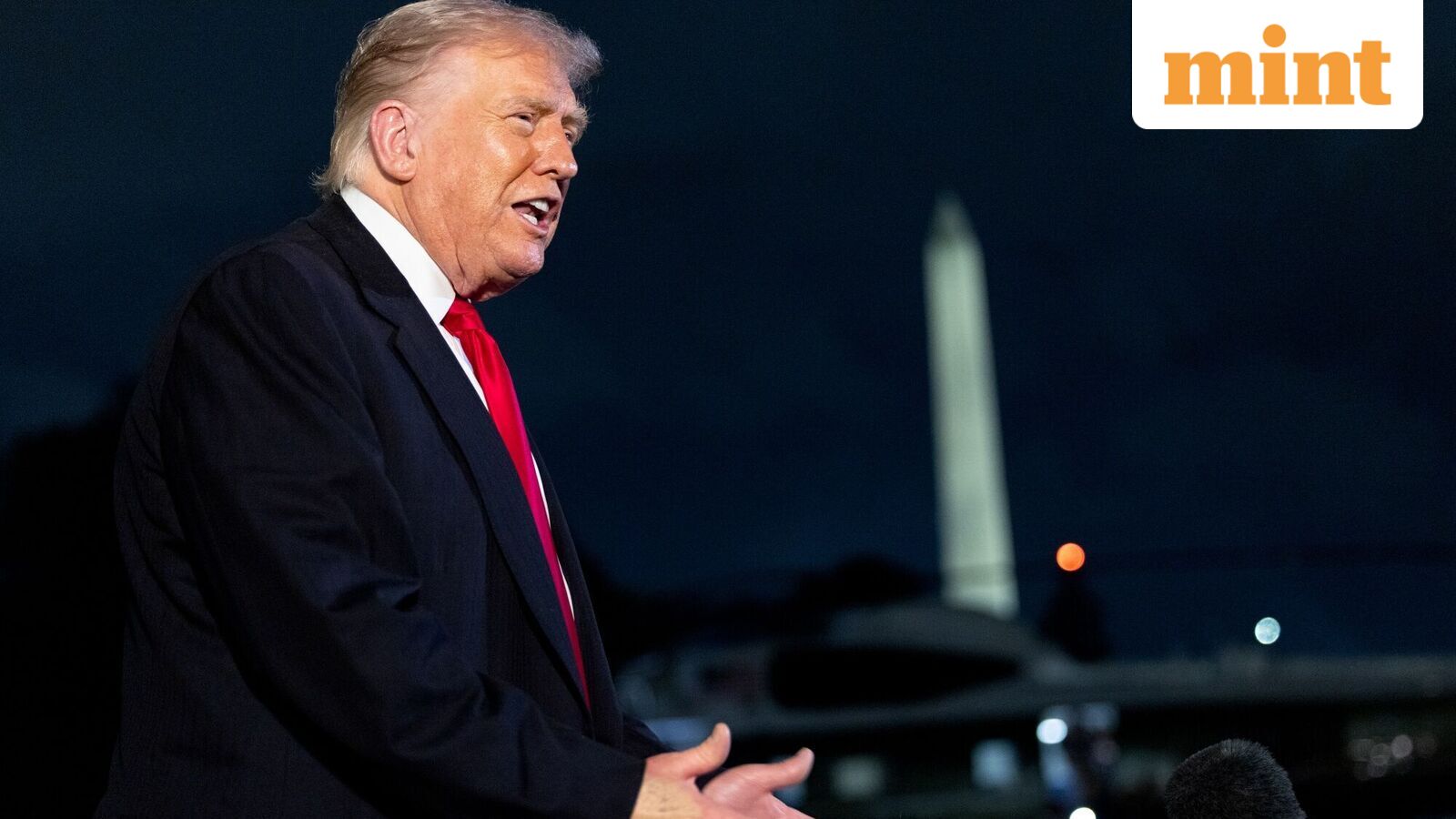US President Donald Trump reportedly signed an executive order on Friday to get rid of tariffs on a broad swath of commodities, including beef, coffee, tropical fruits, tomatoes, and bananas, among other agricultural imports.
Trump signed an executive order that also removes tariffs on tea, fruit juice, cocoa, spices, bananas, oranges, tomatoes and certain fertilisers.
Some of the products covered aren’t produced in the United States, meaning that tariffs meant to spur domestic production had little effect. But reducing the tariffs will still likely mean lower prices for US consumers.
Also Read | A King Kong vs Godzilla fight in the world of trade—Guess who won?
The order Trump signed excludes the goods from “reciprocal” tariff rates, which start at 10 percent and go as high as 50 percent. However, the order doesn’t exempt the goods entirely from tariffs, CNN reported.
For example, tomatoes from Mexico, a major supplier to the US, will continue to be tariffed at 17 percent. That rate took effect in July after a nearly three-decade-old trade agreement expired. Tomato prices increased almost immediately after those tariffs were put in place.
Also Read | $2,000 tariff dividend may skip high-income families, Treasury Secy suggests
The CNN report added that many of the commodities that will no longer face “reciprocal” tariffs have seen some of the biggest price increases since Trump took office, in part because of tariffs he imposed and a lack of sufficient domestic supply.
In previewing Friday’s executive order, Treasury Secretary Scott Bessent said earlier this week the moves targeted goods “we don’t grow here in the United States,” referring to coffee and bananas. (While coffee is grown in some parts of the country, it’s mostly imported.
What did Trump say?
“We just did a little bit of a rollback on some foods like coffee,” Trump said aboard Air Force One as he flew to Florida hours after the tariff announcement was made.
Pressed on his tariffs helping to increase consumer prices, Trump acknowledged, “I say they may, in some cases” have that effect.
“But to a large extent they’ve been borne by other countries,” the president was quoted by the Assocated Press as saying.
Why did Trump drop tariffs?
The development came in response to pressure from consumers who are struggling with high prices.
In off-year elections this month, voters economic concerns as their top issue, resulting in big wins for Democrats in races in Virginia and New Jersey.
They expressed frustrations with the state of the economy in exit polls earlier this month.
Also Read | H1B, tariffs, foreign students: Trump backtracking from MAGA agenda in 2nd term?
The president signed the order after announcing framework agreements with Argentina, Ecuador, El Salvador and Guatemala that are designed to ease import levies on agricultural products from those countries.
Meanwhile, inflation — despite Trump’s pronouncements that it has vanished since he took office in January — remains elevated, further increasing pressure on US consumers.
The Trump administration has insisted that its tariffs had helped fill government coffers and weren’t a major factor in higher prices at grocery stores around the country.
But Democrats were quick to paint Friday’s move as an acknowledgement that Trump’s policies were hurting American pocketbooks.
Trump tariffs
Trump slapped tariffs on most countries around the globe in April. He and his administration still say that tariffs don’t increase consumer prices, despite economic evidence to the contrary.
Record-high beef prices have been a particular concern, and Trump had said he intended to take action to try and lower them. Trump’s tariffs on Brazil, a major beef exporter, had been a factor.

